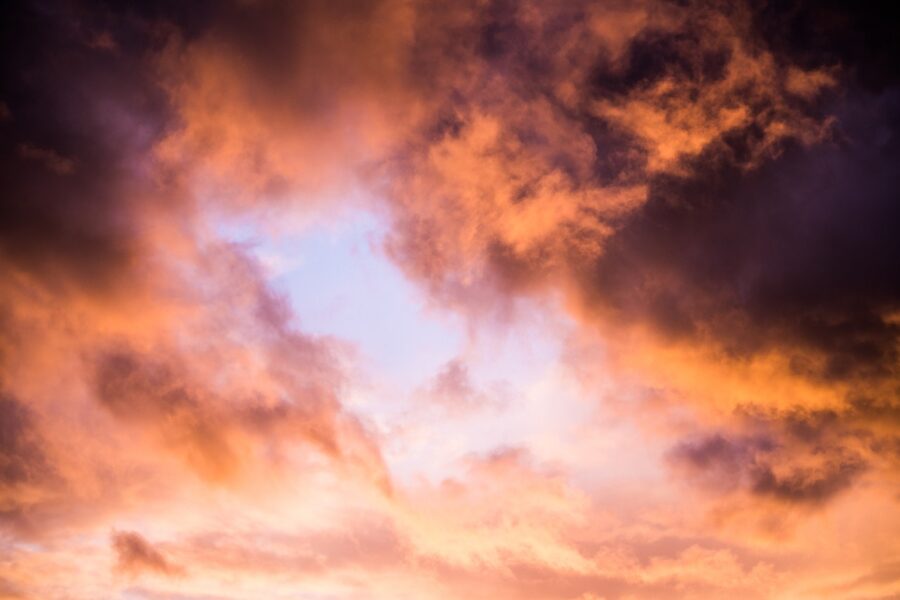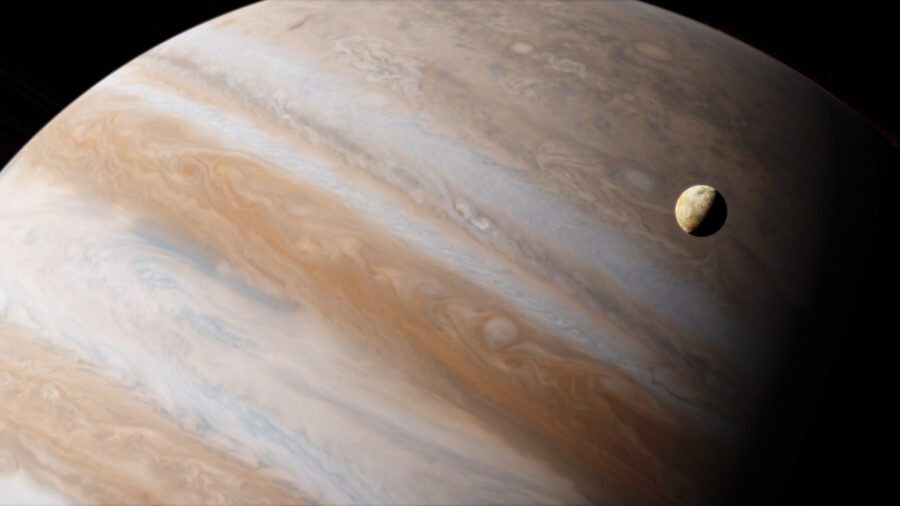NASA Found Evidence Of a Dust Storm On A Planet Beyond Our Solar System
The James Webb Telescope captured a dust storm on exoplanet VHS 1256 b, a "super Jupiter" planet beyond our solar system.

Over the last year, the use of telescopes has played a major part in helping us discover a world beyond our own. While the Hubble Telescope used to be making the majority of the buzz, it’s been dethroned by the James Webb Telescope in recent days, with the latter just spotting its latest space anomaly. According to a statement made on the Space Telescope Science Institute’s website, the high-powered piece of machinery has caught something no other tool has been able to find before – a dust storm beyond our Solar System.
According to the release, the Webb Telescope-captured storm occurred on exoplanet VHS 1256 b (you know the one), which, when broken down for those of us not in the scientific research field, was described as a “massive brown dwarf” planet that’s positioned somewhere around 40 lightyears from Earth. But don’t let its descriptor fool you. Initially found back in 2015 by Chile’s Vista telescope, VHS 1256 b received the nickname “super Jupiter” as it contains an atmosphere similar to the fifth planet from our sun but is a whopping 12 to 18 times the mass.
Beyond the James Webb Telescope’s incredible dust storm find, it also broke down the massive planet’s atmosphere, which was reported to be formed from “silicate particles, ranging from fine specks to small grains.” Further diving into what makes up VHS 1256 b, the statement went on to say that there are “clear signatures of water, methane and carbon monoxide,” which in turn “provide evidence for carbon dioxide” on the planet.

The dust storm discovered on the planet far, far away from our own is thought to be caused by the rapid movement of the silicates when they get whipped up into the clouds, making the clouds too heavy with the dust and then crashing around the planet’s atmosphere. Describing them as “volatile conditions,” the researchers said that what we know as a windy day at the beach or on top of sand dunes is a walk in the park compared to the force of the dust storm on VHS 1256 b. Once again living up to its status, it was reported that while other telescopes have been able to gather data on “super Jupiter,” none have been able to match the information wrangled in by the James Webb Telescope.
While it may be the final frontier, the deepness of space is being brought to light by our new hero: the James Webb Telescope. After spotting magnificent photos of Jupiter last year, the machine has proven to be one giant step forward for mankind and our understanding of the world beyond our own. As we begin to uncover new sources of water and other shocking revelations, tools like the Webb Telescope will be much appreciated in our further understanding of the world(s) beyond our own.
Although the Earth seems to be under a constant threat from asteroids and the International Space Station could definitely use a little TLC, the James Webb Telescope may be our brightest chance yet at continuing our exploration into the farthest reaches of space. With Webb-centered news seemingly rolling in weekly, we can’t wait to see what the telescope will find next.











